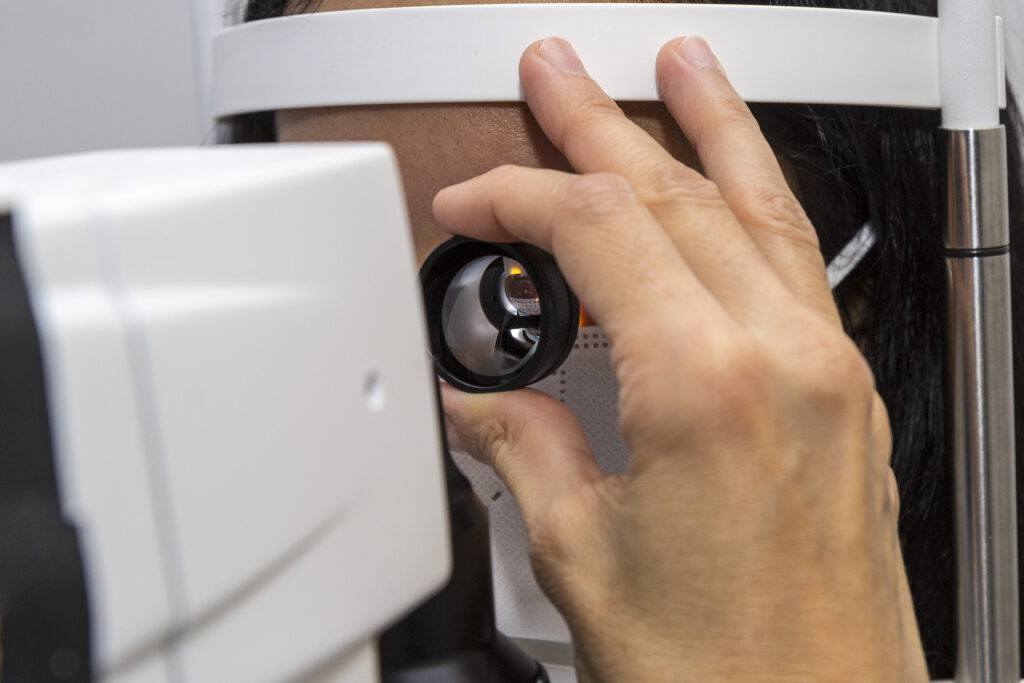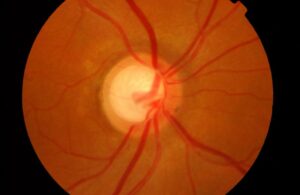Treatments
Trabeculoplasty

What is trabeculoplasty?
Trabeculoplasty is a treatment we perform by applying laser at the angle (chamber or iridocorneal angle) to allow the aqueous humour to exit and prevent this liquid from accumulating inside the eye cavity. When this happens, the pressure inside the eye increases and the optic nerve is compressed, irreversibly damaging it and leading to glaucoma.
The laser emits light with a certain wavelength that heats and destroys the tissues that make it difficult for the aqueous humour to pass, so that the drainage channel widens and the liquid can flow normally. Thanks to the new laser models we have incorporated at the Miranza clinics, this equipment is increasingly precise and selective to avoid affecting adjacent structures.
Eye diseases treated by trabeculoplasty
We usually perform trabeculoplasty when the hypotensive medication we prescribe to treat glaucoma does not lower intraocular pressure enough or is not well tolerated. However, technological improvements in recent years have enabled us to also consider laser as an initial treatment option, due to its minimal impact on eye structures. In many cases, it is an alternative prior to a glaucoma surgery.
If you have open-angle glaucoma, trabeculoplasty may be indicated for you, whereas if you have closed-angle glaucoma, we usually opt for other techniques. On the other hand, to be able to apply this treatment, it is necessary for the trabeculum (“mesh” that is located in the angle and through which the liquid is filtered) to be sufficiently pigmented so that the laser can be effective.
Recovery
As it is a technique that we perform in the consulting room and does not require you to undergo surgery, trabeculoplasty is a highly comfortable procedure, which we perform in about 10 minutes and only requires the application of local anaesthesia in drops to avoid discomfort.
After the laser session, you may need to continue using hypotensive eye drops for a few weeks, until the treatment effect reaches its maximum level and we can assess the best strategy to continue monitoring your intraocular pressure. We will make an appointment for the appropriate check-ups and will closely follow your progress.
